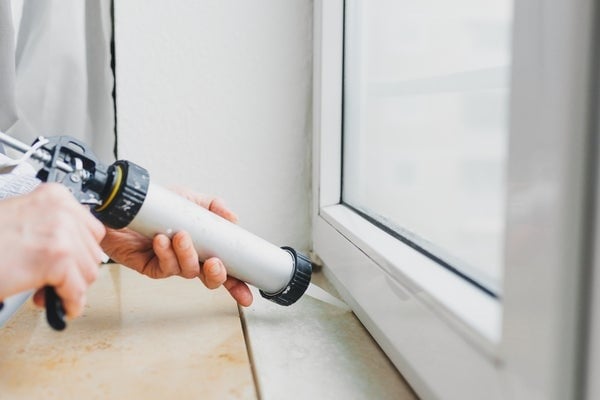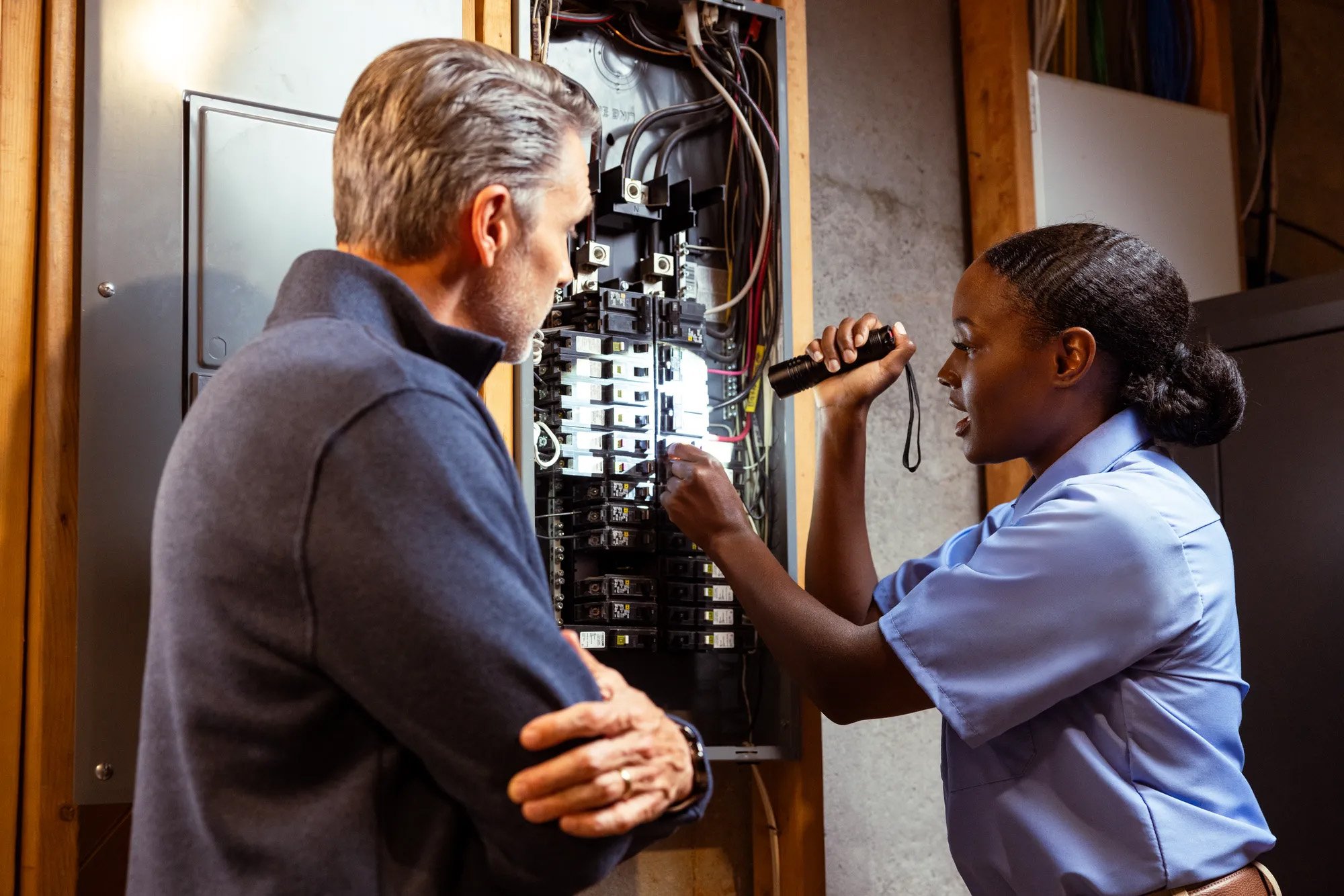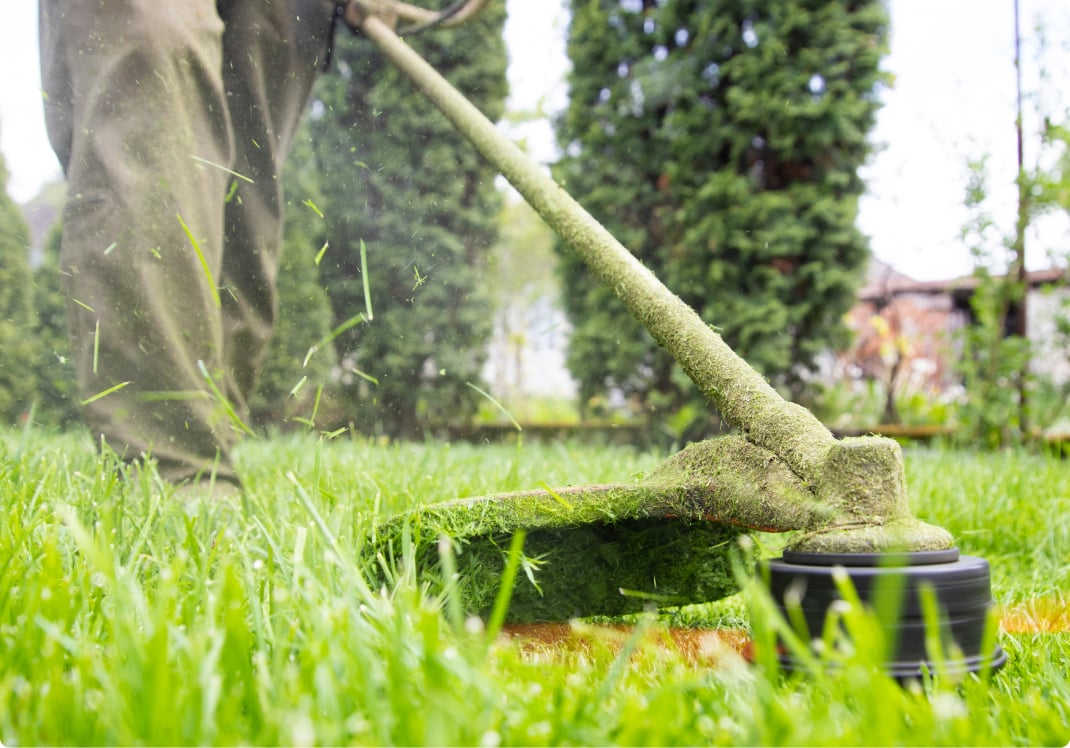Performing regular home maintenance is a huge part of homeownership. It might not be fun — at least, it might not always be fun — but it’s necessary if you want to protect your investment and keep your home in good shape.
The problem for new homeowners is that there are just so many maintenance tasks to keep track of. Even the most detailed home maintenance checklist is bound to leave some off, and with advances in technology and individual differences between homes, your well-meaning older relatives may not even be aware of every single maintenance chore homeowners need to do these days.
Besides, some home maintenance chores are easier to remember than others. Everyone knows that you need to clean your gutters a couple of times a year, but when was the last time you cleaned your window weep holes, repaired your weather sealing or lubed up your garage door springs? Here are the house maintenance chores that new homeowners not only overlook, but don’t even know about.
Clean Window Weep Holes
Weep holes are a row of tiny, tiny holes on the outside bottom of your window frame. They’re there to, well, weep. What does that mean? While new windows with tight seals should keep water out entirely, weep holes are there to allow any water that does get inside the window frame to drain properly. But these holes are tiny, and debris can easily build up in them, so it’s important to clean them every six months or so. You can use a pin or paper clip to pick the debris out. To make sure they’re clear, spray water onto your window and check to make sure it leaks out. If it doesn’t, it means one of two things: the weep holes are still clogged, or they’re currently redundant due to a watertight seal around your windows.
Flush the Water Heater
Are you hearing any mysterious banging sounds from your water heater? If so, it’s time to flush it — and fast.
The water in your water heater tank contains minerals that can settle out of the water and build up in the bottom of the tank. If not flushed regularly, these deposits can cause the tank to deteriorate much faster than it otherwise would have. Failing to flush your water heater can shorten its life drastically, which is bad news since replacing a water heater can be hundreds of dollars or more. Flush your water heater once a year and replace the anode rod every five years.




